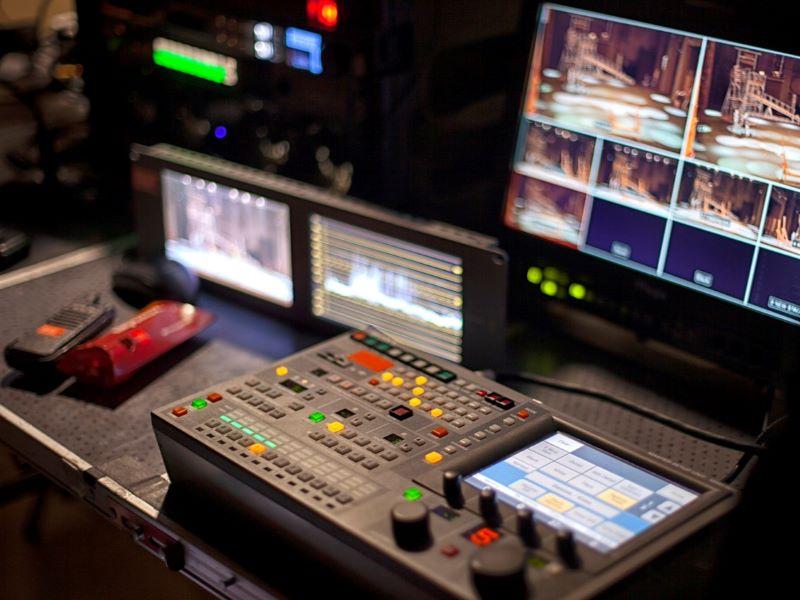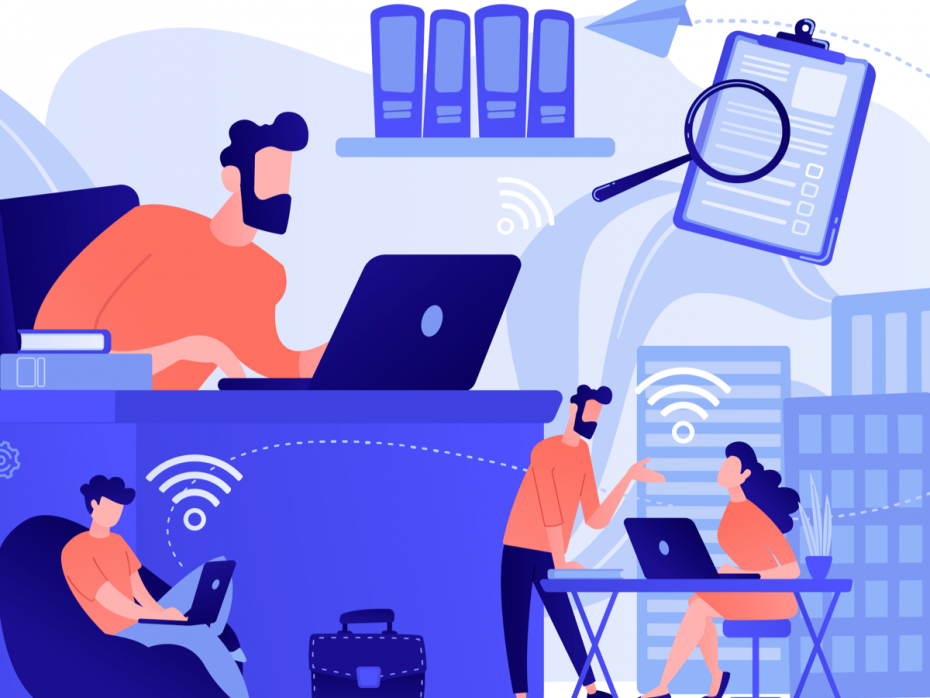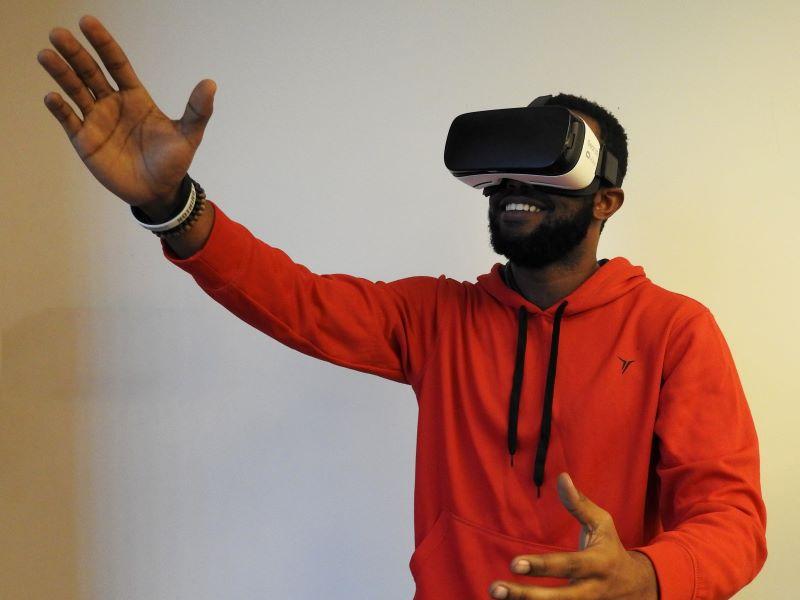As clichéd as it sounds, no one technology suits all. Technology must conform to the requirements of the user, application and environment. To ensure that technology operates effectively within an organisation, priorities must be considered and balanced, such as the need for broad usability versus complex technical support. This balancing act is even more important when considering many potential users and a diverse curriculum.
At the Royal Northern College of Music (RNCM), our journey to embrace online learning during the pandemic started with a single technical manager canvassing support for a radical change to pedagogical delivery, using technology as the primary means. He formed a team of colleagues from key disciplines with relevant experience who worked to rewrite the rule book on higher education instruction, with the increased challenge of delivering music tuition, rehearsal, performance and recording. For successful deployment of new technology, we formed a steering group that included representatives from finance, technical management, technical operations, IT security and network implementation, AV support, academic leaders and students.
- Don’t forget that the ‘academic’ and the ‘vocational’ are deeply intertwined
- How storytelling boosts environmental impact and engagement
- How campus layout influences social ties and research exchange
A project that had been in development long before the pandemic struck was a state-of-the-art audiovisual system designed to enhance the users’ holistic auditory experience by creating multiple sonic environments in one physical space. In simple terms, creating immersive surround sound, that enabled a user to experience sound in different virtual spaces such as an anechoic chamber, concert hall, cathedral or cavern. The work involved system integration and innovative sound mapping for the development of a digitally acoustic reverberation system.
Following detailed research and acoustic testing, we were tasked with achieving an NC-20 rating in the space, a challengingly low noise criterion, to ensure optimum system performance. We treated the space to remove the room’s natural acoustics and create a “real” reverberation time of less than 0.25s. The studio now features acoustically transparent fabric walls and ceilings, 70 custom-made acoustic diffuser panels, 20 wall speakers, 16 ceiling speakers, eight subwoofers, 20 flown microphones, three control processors and much more.
We designed the system to enable users to control audio levels, sound mapping, audio routing, lighting, video signal distribution, displays and video content, cameras, live-streaming and more, in any orientation they wanted, with easy-to-use presets at the touch of a button from anywhere in the space.
We took a digital approach to controlling reverberation time and other ingredients vital to the sonic clarity, warmth and resonance of a space by integrating Meyer’s Constellation system into the college’s performance studio environment.
The college introduced this pioneering new set of technologies safe in the knowledge that the delivery model would work, by following its proven method for technical system design and implementation. Some key points from this method are:
1. Standardise the user interface. The user experience, knowledge and savviness around technology within most institutions varies from total expert through to absolutely terrified user, who is scared to touch anything for fear of it instantly combusting. This is a challenge to accommodate. To support this, the technology must be inviting, familiar and, on the face of it, exactly the same across all teaching spaces, from a small classroom through to large lecture hall or, in our case, concert hall or theatre.
2. Provide a range of user levels. Provide user levels for the technology, so all users can achieve their requirements. The default should be the simplest user level, a level in which anyone can walk up and use the system safe in the knowledge that when they switch it off, regardless of the changes they have made, the system will return to its original default state. Further levels should be on an as-required basis, but considerations for these should include whether they are hidden from view or even password or access-card protected. As an institution with a heavy focus on research, we have found that the highest user level is one where users can manage every element of the technology, which is an incredibly powerful tool for the right individual, but dangerous in the wrong hands.
3. Real-world user testing and feedback are paramount. However good a design for a technical solution is, real-world application is the only way to truly confirm the success of the project. Do not see feedback as a criticism, but a tool to adapt the system to support users. We found the most successful installations were generally those that received no comment, no request for change, no request for support; users would simply turn up, physically or virtually, use the technology and leave.
4. Draw a line on capability. When users get excited about the possibility of what the technology can do, you can find yourself trying to deliver technical outcomes that were not part of the original scope. This may be a natural evolution and entirely appropriate, but it might also be an opportunity to lose direction and in turn provide a system that does not deliver for anyone. It therefore needs proper consideration and planning at each stage.
5. Compromise is the best advice. It is not often I say this, but particularly with video-conferencing technology, we have had to concede that the technology simply is not at the level we would desire. We have found ways of getting close that involve vast amounts of money, technology, support staff and bandwidth. The simple truth is sometimes providing a solution that caters for all and makes a good attempt at a quality product is the best route and is achievable at fraction of the cost.
A technical solution that can be evolved, developed, grown or redirected ensures the best protection against ever-changing times. Cost, knowledge, experience and time cannot be compromised if you want to provide effective technologies within the university campus.
Most importantly, make the technology work for the user and not the user work for the technology!
William Minty is a sound engineer at the Royal Northern College of Music.
He is part of the Royal Northern College of Music’s sound and video team, which has been shortlisted for Technological or Digital Innovation of the Year in the Times Higher Education Awards 2022. A full shortlist for all categories can be found here.
If you would like advice and insight from academics and university staff delivered direct to your inbox each week, sign up for the Campus newsletter.




comment